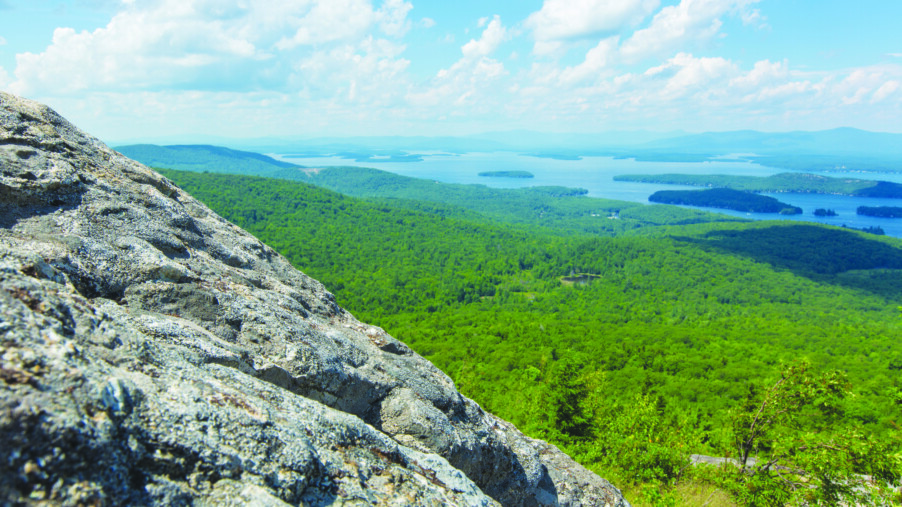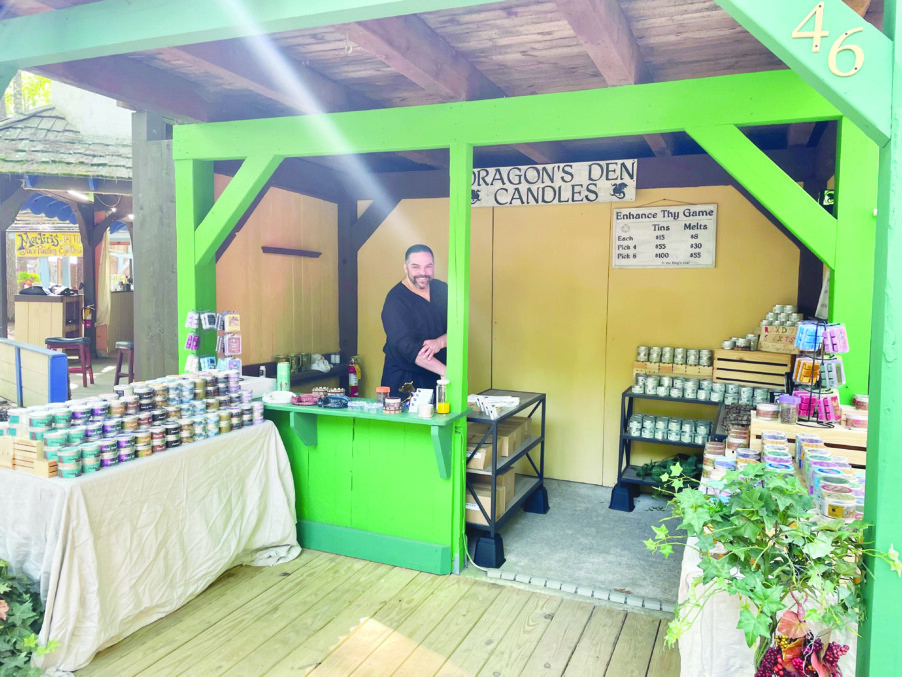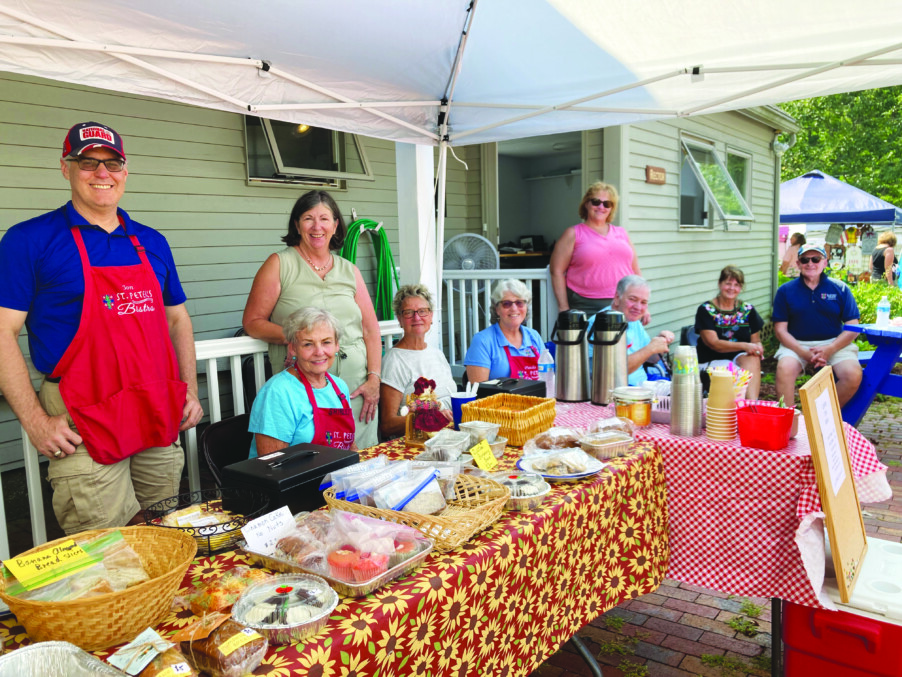Owner of Mellifera modern
Melissa Fournier is an artist and the owner of Mellifera Modern, which focuses on custom clothing with fine art photography elements (melliferamodern.com).
Explain your job and what it entails.
I do a lot of different types of art but I specialize in cyanotype on clothing, so I make custom clothing, basically, usually on denim. The process of cyanotype is actually one of the oldest photographic processes that exists. Chemicals go on in a darkroom, just like any other darkroom process, you bring it out into the sun and … then when you rinse it out it’s a beautiful blue color. I use a lot of pressed botanicals and other things like that to create that artwork….
How long have you had this job?
I have been making art for probably about a decade but I have been full-time for about five months.
What led you to this career field and your current job?
A few years after college I really honed my craft to figure what I wanted to do with it. My repertoire is very big, so I had to narrow it down to be able to have a clientele and have a fanbase. …
What kind of education or training did you need?
I have a bachelor of fine arts. … it did help me hone my skills and learn new things that I can then implement in my artwork.
What is your typical at-work uniform or attire?
Messy clothes. … I am working with chemicals that stain fabric, I’m painting, I refurbish furniture on the side … Then, when I’m actually showing, I tend to wear my own artwork … to advertise it.
What is the most challenging thing about your work, and how do you deal with it?
Probably getting people to see it. Especially online, the market is so saturated. Social media is very hard to break into and there’s only so much in-person work you can do.
What do you wish you had known at the beginning of your career?
I think that I underestimated how much work actually went into it and how long it would take to get to a point where I could go full-time.
What do you wish other people knew about your job?
How much work it is behind the scenes. I would say I am only actually making artwork 40 to 50 percent of the time. The other half is finding markets.
What was your first job?
I was a photographer for a Life Touch studio in a Target in high school.
What is the best piece of work-related advice you’ve ever received?
To not take a break after college. A lot of my professors and alumni warned me that you work so hard in college as an artist that a lot of people tend to take a break and … it becomes harder and harder to pick it back up. —Zachary Lewis
Five favorites
Favorite book: I have a first-edition copy of the best works of Roald Dahl that was given to me by my professor in college when I graduated, so that one is very very special to me.
Favorite movie: Probably 500 days of Summer
Favorite music: It’s a little cliche but Taylor Swift
Favorite food: Anything sweet. I like chocolate. Lots of desserts.
Favorite thing about NH: … I would say probably that, how much nature is here.
Featured photo: Melissa Fournier. Courtesy photo.






